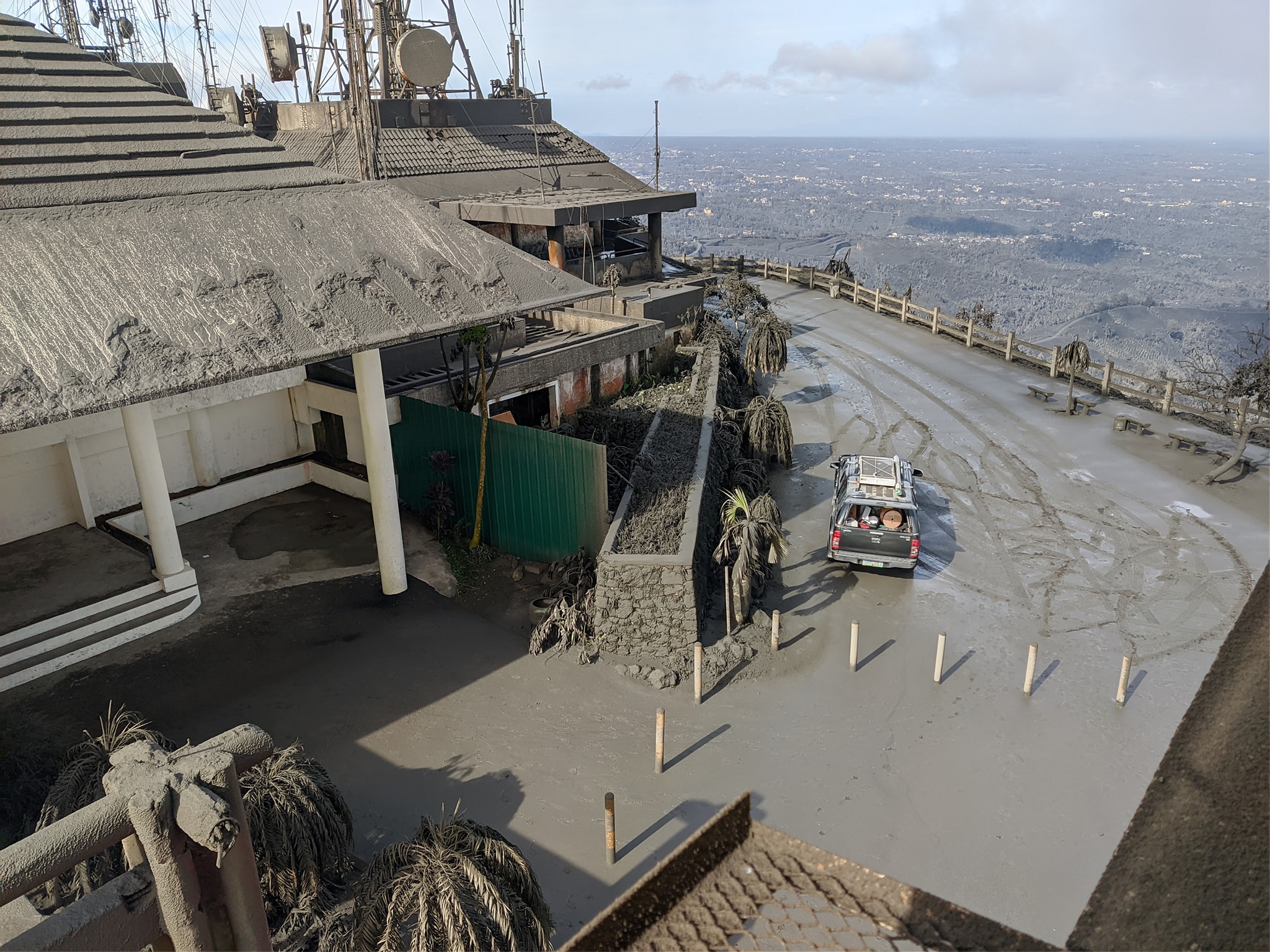Expect a prolonged post-apocalyptic like setting in affected areas of Taal’s eruption as the unrest may last for months or even years.
Philippine Institute of Volcanology and Seismology (PHIVOLCS) warned that the island volcano might erupt several times in a span of months or years following the phreatic explosion occurred on Sunday, January 12, 2020.
The PHIVOLCS’ Volcano Monitoring and Eruption Prediction Division chief Mariton Bornas said that a ‘hazardous explosion is possible within hours or days’ as alert level 4 is still hoisted at Taal volcano.
“It could be short, it could be long. Hopefully, short lang kasi malaking dagok po iyan sa mga kababayan natin sa Batangas,”Bornas noted.
She based her prediction on historical data from the previous eruptions of the volcano.
There are four types of eruption recorded in 33 eruptions of Taal volcano according to state volcanologist PHIVOLCS: phreatic (steam-driven), phreatomagmatic (magma and water), strombolian (relatively mild blasts) and plinian (large explosive events that form dark columns of tephra or rock fragment and gas).
Taal’s eruption could last for three days similar from the 1911 eruption or worse seven months just like the 1754 plinian eruption that wiped away the towns near the lake from history, making it one of the world’s deadliest volcanoes.
Bornas, however, pointed out that the 1911 eruption which was phreatic in nature, claimed 1,300 lives.
On the other hand, PHIVOLCS is closely monitoring the possibility of worst-case scenario once the alert level is raised to five.
Thriving communities have turned into ghost towns as thousands of residents living near the 14 kilometer danger zone were forced to flee their homes due to the perils that the Taal Volcano have posed to their lives.
Hazards such as base surge, a ring-shaped shock wave of hot gases, ash falls and rocks travelling horizontally with speeds of 80 kilometers per hour, are feared as Taal continues to spew ashes from its crater.




